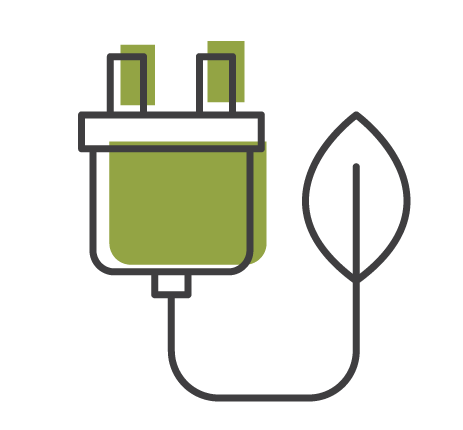Civil society responds to draft IRP: Nuclear push is costly, risky and unjust
- Published:

Civil society organisations have joined growing criticism of the Department of Electricity and Energy’s proposed expansion of nuclear energy in the recently released draft Integrated Resource Plan (IRP), raising concerns about its financial viability and even its legality.
Summary of the draft IRP
Released in January 2025, the draft IRP’s purpose is to provide a roadmap for meeting South Africa’s forecasted electricity demand and was originally prepared under Minister Mantashe in the Department of Mineral Resources and Energy but the responsibility has since been handed over to the new Minister of Electricity and Energy, Dr. Kgosientsho Ramokgopa.
In summary, the draft considers the country’s planned electricity pathway and has been criticised for an over-reliance on gas and nuclear, and the delayed decommissioning of coal plants. It also states an intention to proceed with new nuclear capacity and includes small modular reactors (SMRs), at a time when solar, wind and storage technologies are becoming increasingly affordable and faster to construct.
Lack of fair procedure and transparency
There has been wide criticism of the lack of procedural fairness and transparency in the IRP drafting process, as well as inadequate public consultation. The decision to plan for costly nuclear infrastructure instead of more emphasis on proven, affordable renewable technologies has sparked concerns about who stands to benefit from such a plan.
“The lack of meaningful fully informed public participation with this draft IRP process is a massive violation of the rights of people living in South Africa,” says Project 90 by 2030 director, Lorna Fuller.
“We cannot ignore the fact that this is a clear prioritisation of profit and extractivism over people. With the massive push for gas and nuclear within the draft – both of which do not make economic sense, and will no doubt leave people to carry the burden with high electricity prices – it begs the question: Who is this electricity plan for? If it is for the people, why are we being left out of decision making spaces,” says Fuller.
Tariff hikes and financial risk
Rigorous analysis by financial experts has stated that the cost of implementing this nuclear rollout would burden South Africa with unsustainable debt and drive electricity prices even higher for consumers.
“With this massive investment in nuclear and gas within the draft it’s clear that youth and future generations have not been properly consulted or considered,” says Youth Intersectional Justice Activist, Gabriel Klaasen. “Our future is being sold to big multinational corporations that care only about profits. Youth deserve to decide what powers their future, any plan that doesn’t include us we will reject with all we have.”
Sanedi CEO, Dr Titus Mathe was quoted in Engineering News on 18 June 2025 as saying: “We now have a very robust model that the technical teams have put together; that is well supported and accepted by everyone.” However, others disagree. According to Peter Becker, a former Director of the National Nuclear Regulator: “The IRP modelling team is a group of experts who produce a plan for achieving security of electricity supply at the least cost to the consumer. This least cost scenario did not include any new nuclear generation due to the high cost of this technology. However the team were instructed to ‘force’ 5.2GW nuclear generation into the plan by artificially restricting more cost effective options.”
Clyde Mallinson, a well respected energy analyst and modeller, drew up an alternative plan. “By the year 2040, the fleet proposed by the IRP will produce an equivalent amount of electricity at an additional cost of R250 billion more per year than this alternative plan,” says Mallinson.
His alternative proposes a fleet composed purely of renewable generation and storage by 2040. “This is based on 2025 rands, and includes the amortising of capital and operational costs.” Mallinson’s model calls for one and a half times as much wind as the official IRP, about double the solar and five times the storage capacity. It does not include any operating nuclear capacity.
Mallinson produced a detailed graphic from his model showing that the draft IRP would result in annual costs of R609bn.
The same model shows an annual cost of R351bn for a system with no nuclear, gas or coal by 2040 but relying purely on renewables and storage.
Is the IRP legally valid?
The draft IRP outlines up to 14.5 GW of new nuclear capacity by 2050, a dramatic increase that analysts and energy experts say is out of step with economic and technical realities. This version of the IRP is so fundamentally flawed that experts are questioning whether it even meets the legal definition of an IRP.
“It is astonishing that the current IRP document does not show data on the technology capacity, energy mix, costs or emissions for the modelled scenarios or the Proposed Balanced Plan,” according to Meridian Economics managing director, Grové Steyn speaking at an EE Business Intelligence webinar on 7 May 2025. “Technically this means that it does not qualify as an IRP in terms of the legal definition.”
“Merely defining a scenario in which nuclear is built does not create an investment case for nuclear,” Steyn continues. “We have an IRP that neither went through a meaningful public consultation process; nor benefitted from review by independent experts; presents recommendations that do not follow logically from the analysis, are not otherwise substantiated, and for which the technical and cost implications are not presented; and in effect creates an illusion that the recommendations are based on sound techno-economic principles when they clearly are not.
“The time is ripe for a redesign of the IRP process to ensure that it becomes the authoritative policy vision for the sector. Rather than being an arena for endless contestation and wasted energy, it can become a policy process that stakeholders can “get behind” and support,” concludes Steyn.
Environmental and safety concerns
Environmental groups highlighted serious safety and environmental risks, including unresolved questions about radioactive waste management and the aging infrastructure at Koeberg Nuclear Power Station.
“The Southern African Faith Communities’ Environment Institute (SAFCEI) consistently opposes nuclear energy as a solution in South Africa’s energy planning, advocating for a people-centred approach grounded in a meaningful public consultation process, which is currently absent in the IRP,” says SAFCEI’s Senior Energy and Climate Justice Coordinator, Ntombizodidi Mapapu.
“A secure and reliable energy supply is needed without jeopardising the economy or the environment. One of the key highlights in the IRP is the insertion of nuclear energy. Nuclear energy’s radioactive waste is toxic, rendering it unclean, and it is the most expensive and time-consuming energy source. Small modular reactors (SMRs), as proposed in the nuclear scenario, are commercially not viable. We call on the government to develop and publicly share an IRP that reflects the energy needs of the people,” says Mapapu.
Call for transparent and inclusive energy planning
“We need an IRP that serves the public interest, not vested interests or political agendas,” says the Green Connection’s Strategic Lead, Liziwe McDaid.”Our future lies in transparent, clean, safe, and democratic energy planning, not in doubling down on outdated and dangerous technologies.”
According to Professor Harald Winkler of the University of Cape Town, who also spoke at the EE Business Intelligence webinar, the draft IRP is “an exercise in policy-based evidence-making”.
The latest draft of the IRP being considered by NEDLAC has not been made public officially, although copies of it have been leaked. In a 19 June 2025 letter directed to the Minister of Electricity and Energy, Dr. Ramokgopa, from The Life After Coal Campaign, Earthlife Africa, groundWork, the Centre for Environmental Rights, The Green Connection, and SAFCEI collectively said that they “…respectfully request that the draft IRP2024 be made public, and that they (and the public) be afforded a reasonable opportunity to consider and provide comment on the draft IRP 2024 (and any revision thereto) and any supporting information, prior to Cabinet making its approval decision.”
The IRP is a document which lays out the future of the South African electricity system, and it is therefore crucial that it is evidence based, expert-informed, and complies with the constitutional principles of participatory democracy. The consensus appears to be that this draft does not meet these standards.
Who we are
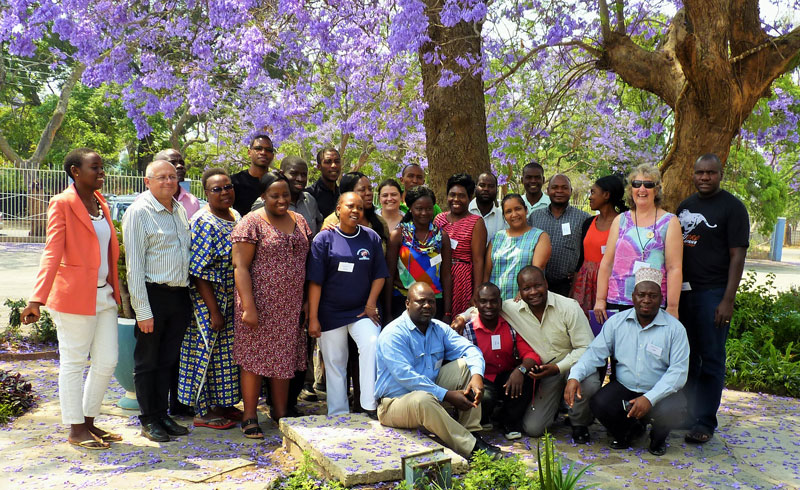
SAFCEI (Southern African Faith Communities’ Environment Institute) is a multi-faith organisation committed to supporting faith leaders and their communities in Southern Africa to increase awareness, understanding and action on eco-justice, sustainable living and climate change.
Featured Articles
-
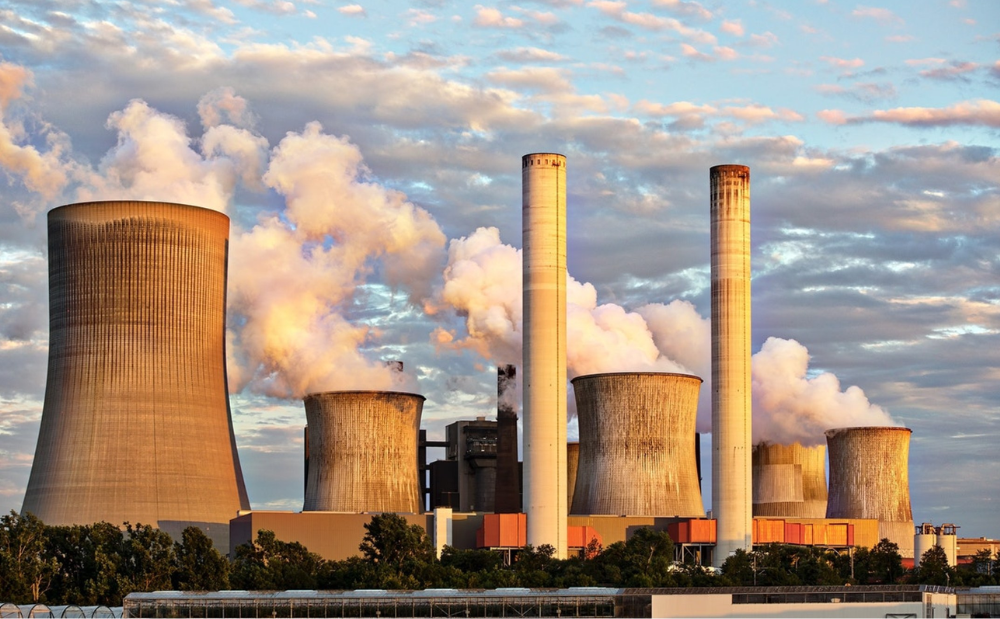
South Africa: Who Ends Up Paying If DMRE Cooks the Price of Nuclear Power?
-
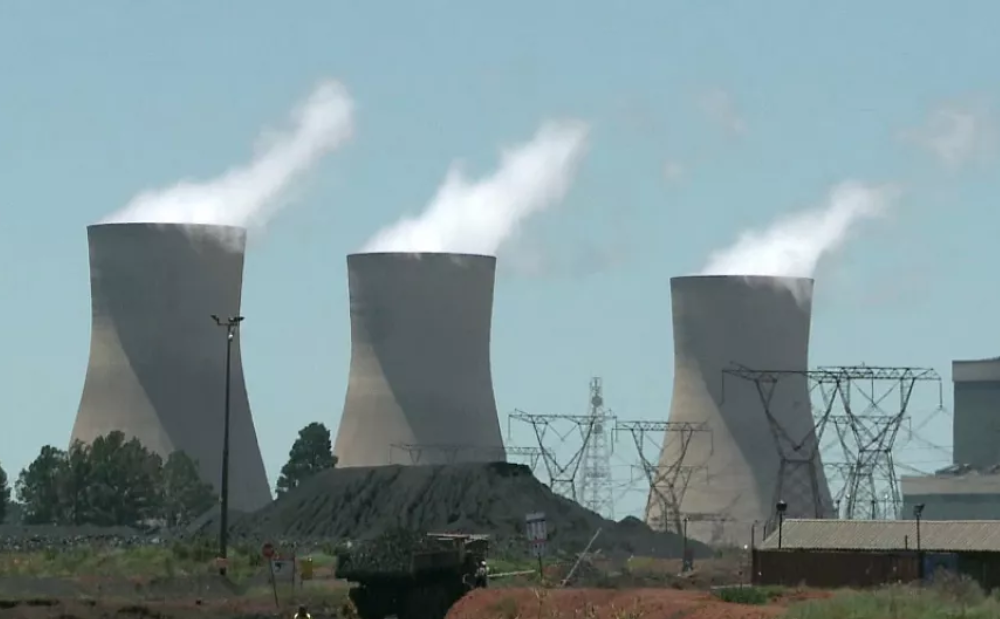
South Africa’s nuclear energy expansion plans continue to draw criticism, environmental NGOs chew over legal challenge
-
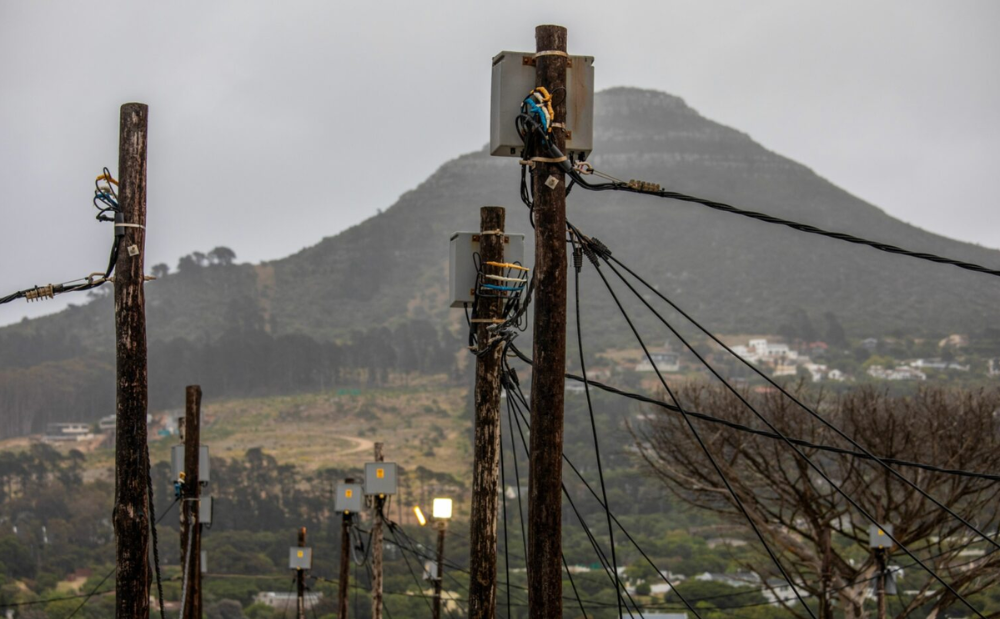
Earthlife Africa and SAFCEI respond to latest unsettling nuclear news regarding the ministerial determination
-
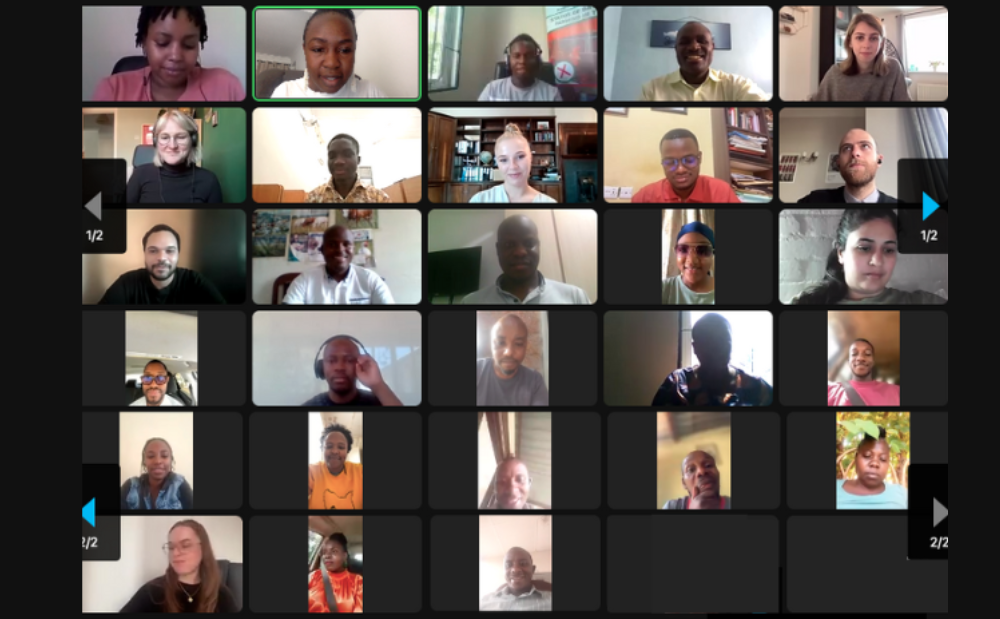
Open Wing Alliance Africa (Virtual) Summit 2023
-
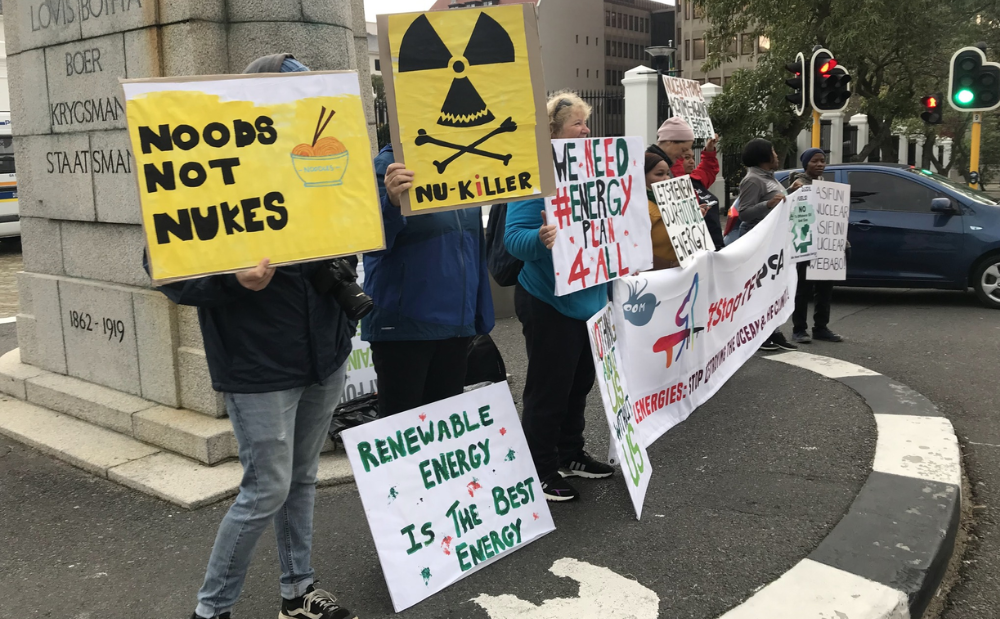
The Green Connection and SAFCEI respond to energy minister's divisive and deflecting comments
-

Job Vacancy: FLEAT Coordinator


